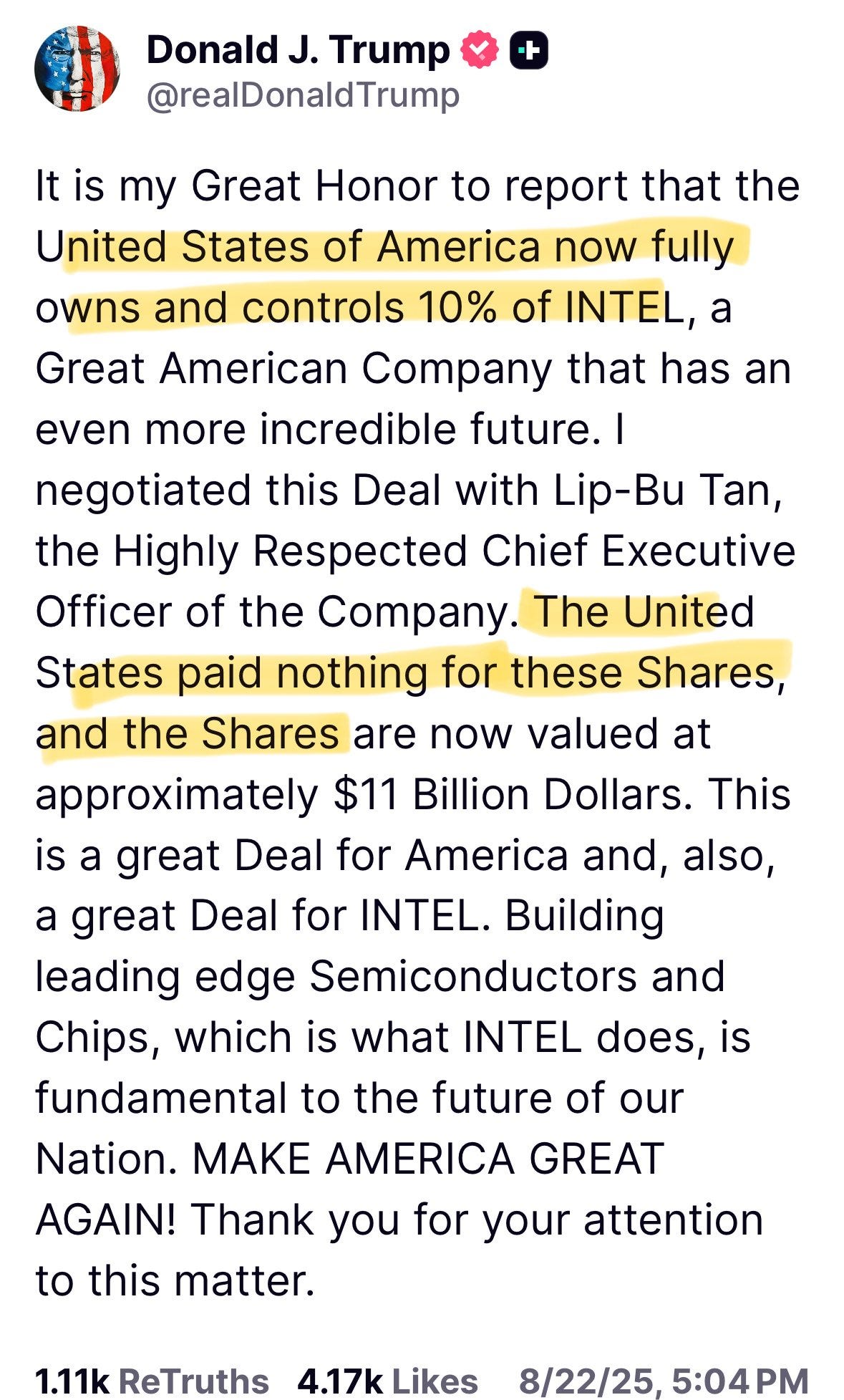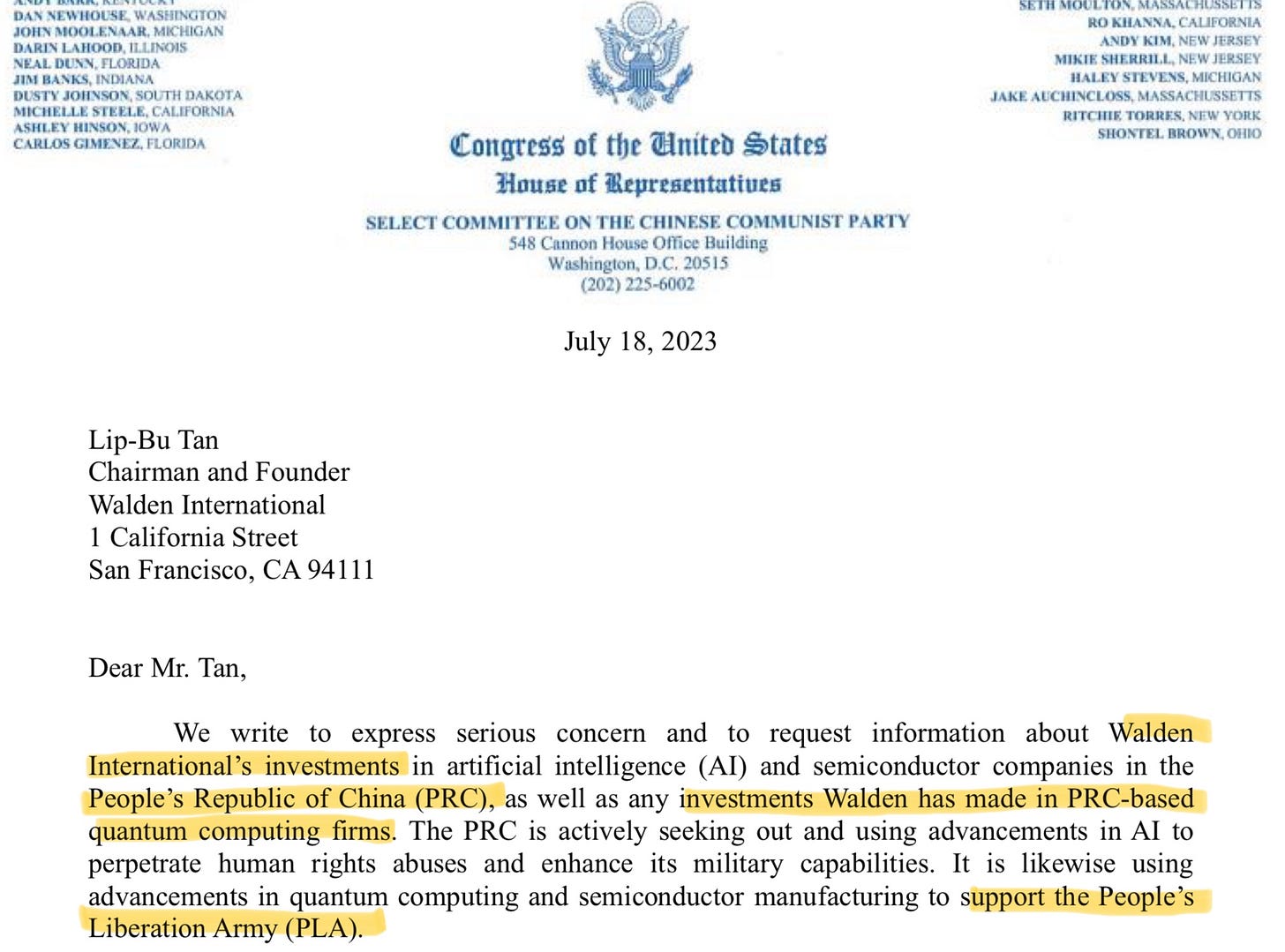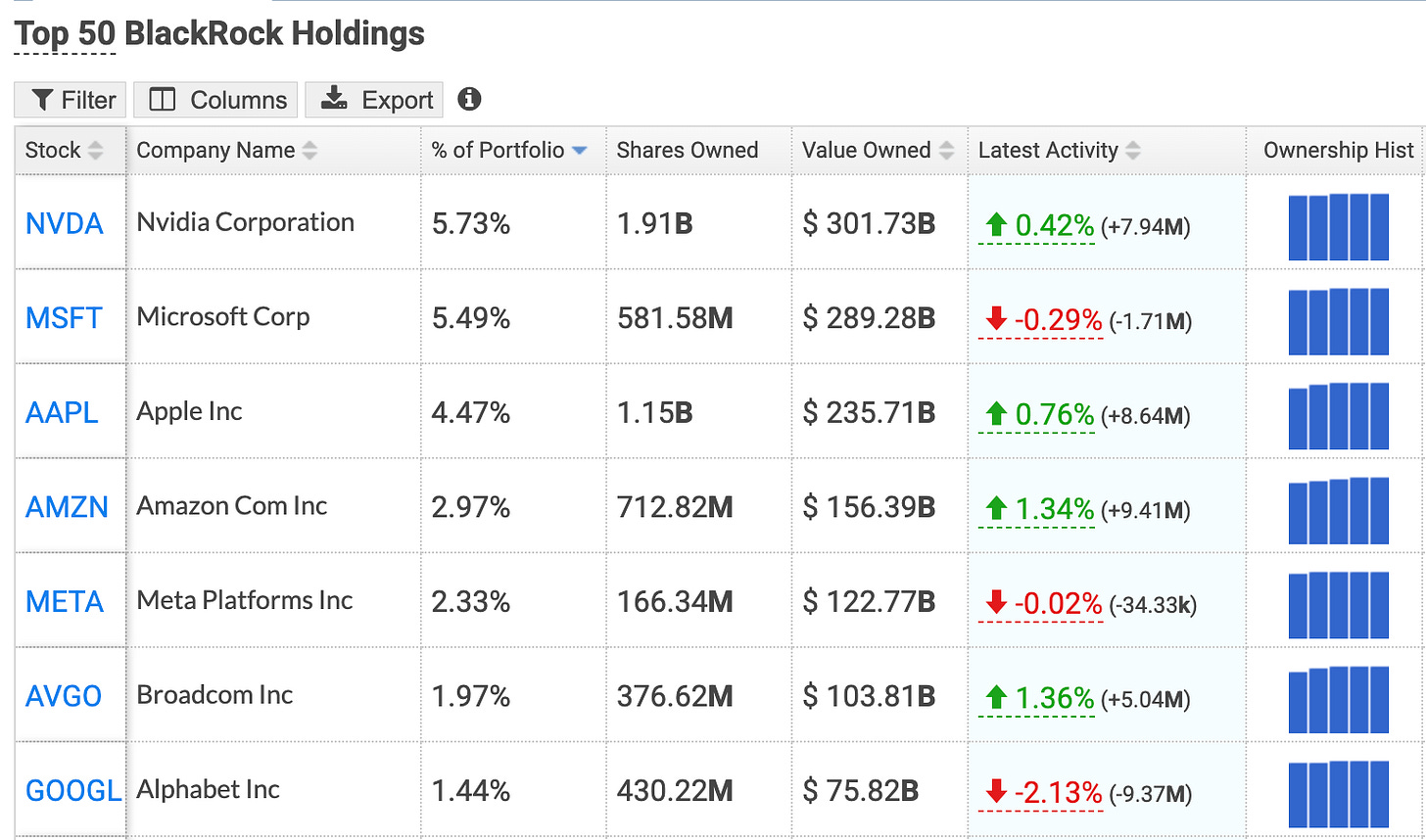Yesterday, President Donald Trump announced that the United Stated federal government had acquired a 10% stake in Intel — making the USA the single largest shareholder.
Which raises a question: Considering the fact that Intel has implemented a secret operating system within their CPUs — a system which has total control and visibility of everything a computer does, and which computer users are not allowed access to — what are the implications of Intel now being owned, in large part, by a government?
How The Intel Deal Happened
On August 22nd, President Trump made a Truth Social post which read, “It is my Great Honor to report that the United States of America now fully owns and controls 10% of INTEL.”

What’s especially fascinating is that, according to the President, “The United States paid nothing for these shares” worth approximately $11 Billion USD.
How, exactly did this all come to pass?
Well, the current CEO of Intel — a man named Lip-Bu Tan — is also the Chairman of an investment firm called Walden International. A position he continued to hold after becoming the new head of Intel.
Back on July 18th, the US Congress Select Committee on the Chinese Communist Party wrote a letter expressing concern regarding Walden International’s investments in Chinese Communist Party tied corporations.

But Intel CEO’s ties to China didn’t end there.
Lip-Bu Tan was also, previously, the CEO of Cadence Design Systems, which plead guilty to illegally selling chip design software and hardware to the Chinese Military.

President Trump chimed in, on August 7th, stating that “The CEO of Intel is highly CONFLICTED and must resign immediately. There is no other solution to this problem.”

Lip-Bu Tan sent out a letter to Intel employees, later that same day, addressing some of this — calling it “misinformation”, without providing any specifics or detailed rebuttals. He also referred to his leadership of “Walden” as a “past role”, even though his ties to Walden appear to remain.
4 days later, on August 11th, the Intel CEO met, in person, with President Trump. According to President Trump, during the meeting Trump suggested that Intel should “give” the US government 10% of Intel. And the Intel CEO replied that he would think about it.
On August 22nd, the deal was announced that it had been finalized.
Now there are, obviously, going to be many opinions about this. I have more than a few, myself. Let’s put aside some of the more political and financial concerns, for a moment, and focus in on a security & privacy issue.
The Intel Management Engine Issue
Almost every major Intel CPU, produced since 2008, ships with something called the “Intel Management Engine” (or “IME”, for short).
The IME is, to put it simply, a hidden computer inside your CPU. A hidden computer which has access to everything on your computer (absolutely everything) — but which you are not allowed any access to yourself.
A hidden computer… which even has a full web server.
Now, ask yourself, why would a secret computer — hidden inside your computer, spying on everything you do — need a web server? The answer is not a comforting one.
The IME is one of the most powerful, non-auditable, and widespread backdoors ever created. And it is in just about every Intel-powered computer on Earth. Even Google is concerned about the IME — going to drastic measures to disable it on their servers whenever possible.
And now the US federal government is the single largest shareholder of Intel.
The way I see it, the results of government ownership of Intel could impact the Intel Management Engine in one of two ways:
The Good: The government could provide oversight into potential, or already existing, abuses of the IME which may be impacting the security and privacy of US citizens, government agencies, and corporations. The government could even force Intel to remove the IME entirely. A massive win for computer security and privacy.
The Bad: The government could take advantage (or further advantage) of the IME for their own purposes. Possibly even expanding the IME’s already extensive surveillance capabilities.
Now, I don’t know about you, but my gut tells me the bad option is far more likely than the good one.
Even if that is not the intention of President Trump in making this deal… Someone, somewhere within the federal government is already planning ways which the IME can be used (or used further), in ways which we, as citizens, will not like.
But, and this is important, the US government is not the only organization with control over Intel.
The Other Big Players
While this 10% stake makes the USA the single largest shareholder of Intel, both Blackrock and Vanguard come in at a close second (both with close to 9% of the shares).

In fact, the top 4 shareholders of Intel now have a combined ownership of roughly 1/3rd of the entire company — that’s a lot of control.
Plus, most of those investment firms holding significant portions of several other computer companies. BlackRock, for example, also owns massive, influential stakes in Microsoft, Apple, Nvidia, Amazon, and Google.

The control which these firms can wield over the computer industry is absolutely staggering.
Now that the US federal government is an even larger shareholder — at least with Intel — it will be interesting to see what impact that has on both the existing investment firms… and the actions of the corporations themselves.














